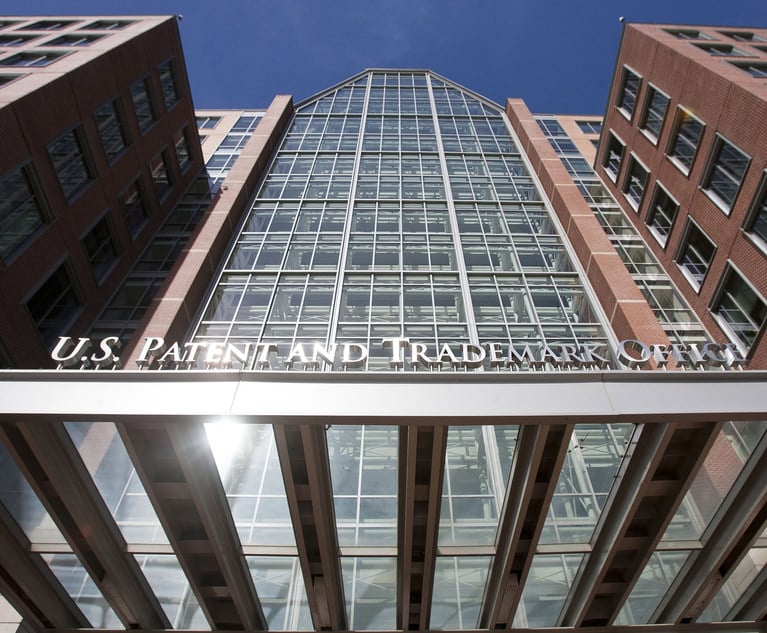The late 1990s and early 2000s brought the gold rush of software patents in the United States. On the heels of the U.S. Supreme Court’s decision in State Street Bank, which confirmed that business methods and related software inventions could be patented in the United States, and in the midst of the dot-com boom, thousands flocked to the U.S. Patent & Trademark Office to file new patent applications on software inventions. Many of those patents were related to the ways in which data could be stored and manipulated in computer systems.
In recent years, the pendulum has, by all accounts, swung back in the other direction, as the federal courts and the Patent Office have tightened the reigns on the patentability of software. Database patents, covering systems and methods for arranging and storing data, in particular, have been a lightning rod. The Federal Circuit has repeatedly weighed in on the patentability of such systems; in some instances, finding them to be non-patent eligible, but in other instances upholding the validity of such patents.
This content has been archived. It is available through our partners, LexisNexis® and Bloomberg Law.
To view this content, please continue to their sites.
Not a Lexis Subscriber?
Subscribe Now
Not a Bloomberg Law Subscriber?
Subscribe Now
LexisNexis® and Bloomberg Law are third party online distributors of the broad collection of current and archived versions of ALM's legal news publications. LexisNexis® and Bloomberg Law customers are able to access and use ALM's content, including content from the National Law Journal, The American Lawyer, Legaltech News, The New York Law Journal, and Corporate Counsel, as well as other sources of legal information.
For questions call 1-877-256-2472 or contact us at [email protected]


 Robert L. Maier
Robert L. Maier




